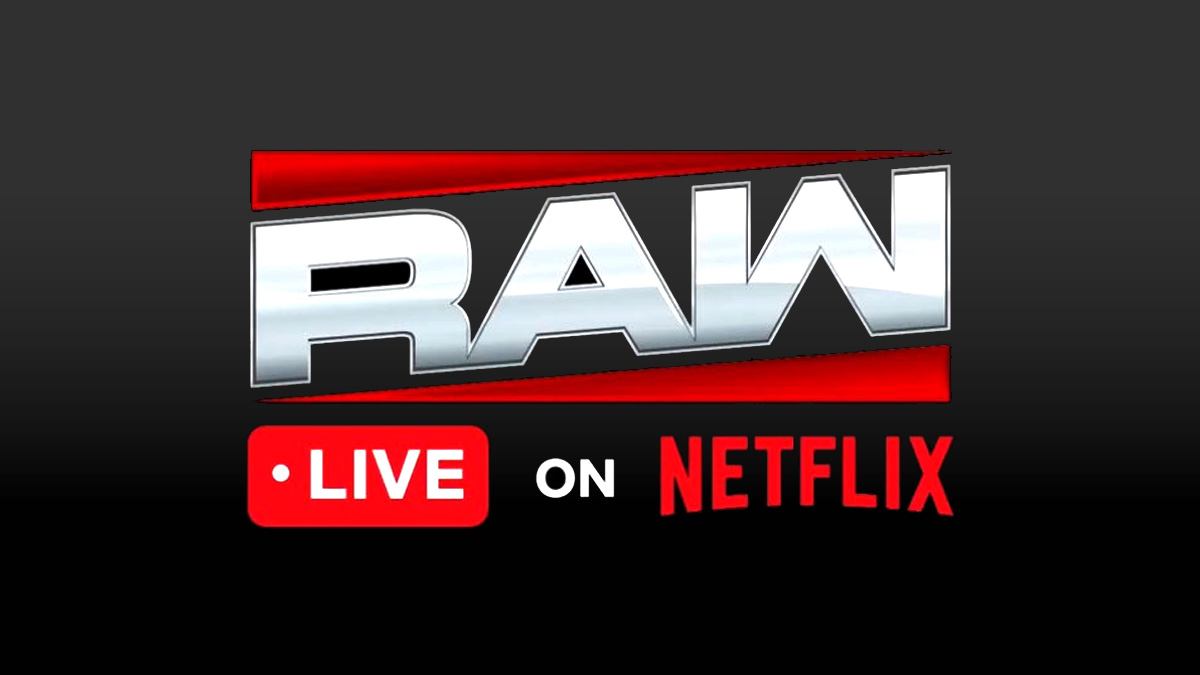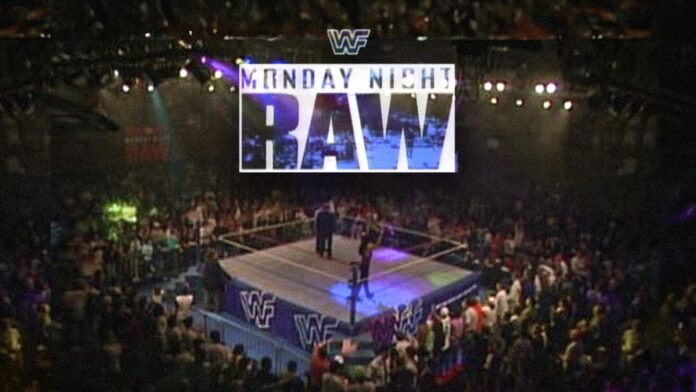For over three decades, WWE Raw has been a Monday night tradition for wrestling fans worldwide. Since its debut on January 11, 1993, the red bran has revolutionized sports entertainment with its ever-changing narratives and in-ring action.
After 32 years and 1,649 episodes, Raw is stepping away from traditional television with its move to Netflix in a groundbreaking $5 billion deal. While it’s the end of an era for WWE on TV, the future looks brighter than ever for the red brand.
A Historic Run in Television
WWE Raw has been more than just a wrestling show but for many fans, proved to be their introduction into the world of wrestling. Starting as a one-hour show from the Manhattan Center in New York City, Raw became the flagship program of WWE, captivating audiences with unforgettable matches, moments, storylines and characters.
Over the years, Raw’s evolution mirrored that of WWE itself, as the red brand’s growth was spawned by the promotion’s aggressive expansion.
In 1997, Raw moved to two hours during the heights of WWE’s war against WCW and Monday Nitro. Though it wouldn’t be until 1998 that Raw broke Nitro’s 83-week streak in the ratings, the extra hour would allow fans to grow accustomed to a much wider cast of characters.
In 2012, Monday Night Raw added its third hour, a format that had been saved only for special episodes in the past. The extra hour of programming gave broadcast networks more time to sell ads, a testament to the mainstream appeal of WWE at the time.
Recently Raw returned to two hours, setting the stage for its Netflix debut. With the red brand set to return to three hours with its debut on Netflix on January 6, fans can look forward to plenty more exciting matches and moments on the streaming juggernaut.
Monday Night Raw holds the record as the longest-running weekly episodic show in history, a testament to its ability to adapt and thrive across generations. Many who watched the show growing up now have children of their own to watch with, such is the long-standing nature of the WWE flagship show.
Then vs. Now: WWE in 1993 vs. 2025
In January 1993, WWE’s decision to launch Raw was arguably the riskiest business move since the inception of WrestleMania. Despite a stacked roster with names like Bret Hart, Shawn Michaels, and The Undertaker, the company had been rocked by the steroid scandal, and a downturn in profits was looming around the corner. These matters threatened the future of WWE (WWF at the time) making the decision to host a weekly hour-long live show a risky endeavor.
Fast forward to January 2025, and WWE’s gamble clearly paid off for the global entertainment juggernaut. Stars like Roman Reigns, Bianca Belair, and Cody Rhodes represent a modernized, athletic roster, bolstering a roster of various shapes and sizes. With its merger into TKO Group Holdings, WWE is part of a $20 billion conglomerate alongside UFC, showcasing its immense growth and mainstream appeal.
WWE Raw Preview (12/30): Final TV Episode Before Move to Netflix
Technology in 1993 was similarly a world away from what WWE viewers have at their disposal today. Raw’s debut came at a time when most people watched on bulky TVs with cable boxes, and VCRs were the height of recording technology. The internet was a novelty, and wrestling news traveled through newsletters and magazines, with most fans having little to no idea as to what was going on behind the scenes.
In 2025, we’re living in a streaming-dominated world, with fans able to watch WWE not just on TV but through apps, YouTube, and social media. Live tweeting during matches has become a modern fan experience, with WWE encouraging fans to share their voices about the show. With WWE embracing technology over the decades, some good, some bad (see Tout,, it’s no wonder Raw’s move to Netflix feels like a natural progression for the brand.
The End of an Era And Looking Ahead

It’s somewhat bittersweet to say goodbye to Raw as a television staple, though fans hardly need to cry for WWE, or their pockets. The move to Netflix not only secures a record-breaking $5 billion deal but also positions WWE to thrive in an era where streaming reigns supreme.
Netflix’s global reach promises to introduce Raw to a new generation of fans, ensuring its legacy continues to grow. Already, WWE has plans to break ground with Raw in 2025, with the red brand coming to Belgium and Scotland for the first time ever. In short, WWE Raw’s legacy is not going to end with its final episode on TV, but this is just the beginning of a bold new chapter.
For 32 years, WWE Raw has been a constant in the ever-changing landscape of television and pop culture. From the opening match between Yokozuna and Koko B. Ware to modern-day favorites like Jey Uso and Rhea Ripley, Raw’s lasting legacy is its continued evolution. As it moves from traditional TV to Netflix, we celebrate its incredible history and look forward to what’s next for the red brand. WWE Raw may be leaving the airwaves, but its impact on wrestling and entertainment will live on forever.

